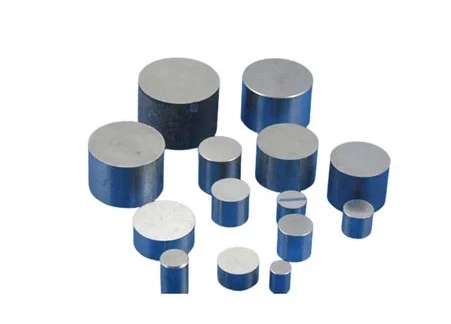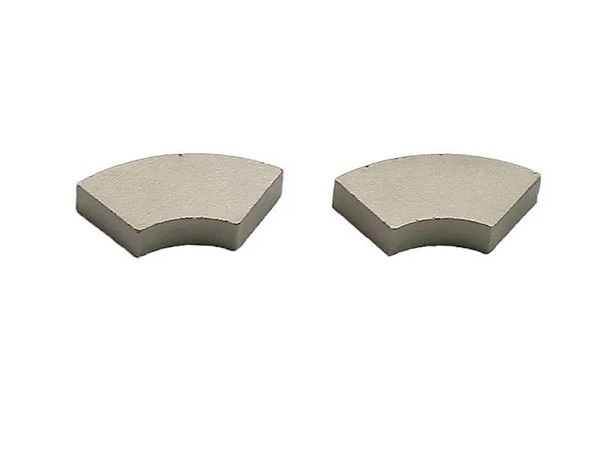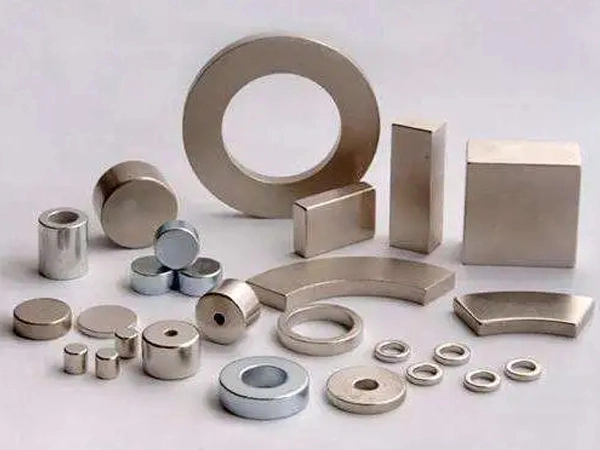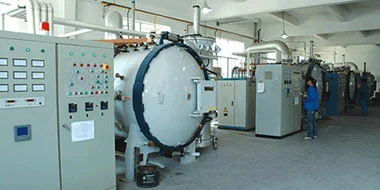In the vast world of magnets, two heavyweights stand out - Alnico and Neodymium. Each with its unique composition and properties, these magnets play pivotal roles in various industries. Let's dive deep into the realm of Alnico magnets and Neodymium magnets, comparing their strengths, weaknesses, and applications.
I. Introduction
In today's industrial landscape, magnets are unsung heroes, powering numerous devices and systems. Understanding the differences between Alnico and Neodymium magnets is crucial for making informed choices in various applications.
II. Alnico Magnets
A. Overview of Alnico Composition
Alnico, a portmanteau of Aluminum, Nickel, and Cobalt, forms the basis of this sturdy magnet. Its composition contributes to its robustness and reliability. Tengye is a alnico magnets factory in China, providing alnico magnet types at competitive price.
B. Strengths and Weaknesses
Known for their strong magnetic field and high Curie temperature, Alnico magnets excel in certain conditions. However, they may fall short in terms of magnetic strength when compared to other modern alternatives.
C. Industrial Applications
Alnico magnets find homes in diverse industries, from manufacturing to healthcare. Their reliability in high-temperature environments makes them a preferred choice in specific applications.
III. Neodymium Magnets
A. Overview of Neodymium Composition
Neodymium, on the other hand, boasts a blend of Neodymium, Iron, and Boron. This composition results in a powerful magnet with remarkable magnetic strength.
B. Strengths and Weaknesses
Neodymium magnets lead the pack in terms of magnetic strength, but their performance in high-temperature conditions can be a concern. Understanding their limitations is crucial for effective usage.
C. Industrial Applications
From electronics to renewable energy, Neodymium magnets have become indispensable. Their compact size and powerful magnetic properties make them a preferred choice in modern applications.
IV. Head-to-Head Comparison
A. Magnetic Strength
In a direct showdown, Neodymium emerges as the heavyweight champion, boasting unparalleled magnetic strength. Alnico, though robust, may lag in applications demanding extreme magnetic force.
B. Cost-effectiveness
While Alnico magnets are generally more cost-effective, the superior performance of Neodymium often justifies the additional expense, especially in applications where high magnetic strength is crucial.
C. Durability and Longevity
Alnico magnets, with their high Curie temperature, exhibit impressive durability. Neodymium, however, might require careful consideration in applications involving elevated temperatures to ensure longevity.
V. Specific Applications
A. Alnico Use Cases
Alnico magnets shine in scenarios requiring stability in high-temperature environments, such as automotive components and specialized machinery.
B. Neodymium Use Cases
Neodymium's superior magnetic strength finds applications in compact devices like headphones, electric motors, and renewable energy systems.
C. Comparative Analysis
Analyzing real-world applications helps in understanding the practical implications of choosing one magnet over the other.
VI. Factors Influencing Choice
A. Industrial Requirements
Understanding the specific needs of an industry is crucial for making an informed decision between Alnico and Neodymium.
B. Environmental Considerations
Environmental impact should not be overlooked. Alnico's eco-friendly nature might be a deciding factor in environmentally conscious industries.
C. Cost Factors
Balancing performance and cost is a delicate dance. Assessing budget constraints alongside performance requirements ensures a well-rounded decision.
VII. Market Trends
A. Current Demand for Alnico
Despite the surge in alternative magnets, Alnico maintains a steady demand, particularly in industries valuing stability over extreme magnetic strength.
B. Growing Popularity of Neodymium
The technological boom has propelled the popularity of Neodymium magnets, witnessing an increasing demand in various sectors.
C. Future Projections
Anticipating the future trends in magnet usage helps industries stay ahead in adopting the latest and most efficient technologies.
VIII. Environmental Impact
A. Alnico's Eco-friendliness
Alnico magnets, being composed of non-toxic materials, score high on eco-friendliness, making them a responsible choice.
B. Neodymium's Environmental Concerns
The extraction and processing of Neodymium raise environmental concerns. Sustainable practices are crucial to mitigate these impacts.
C. Sustainable Practices
Exploring sustainable manufacturing and recycling options can significantly reduce the environmental footprint of magnet production.






